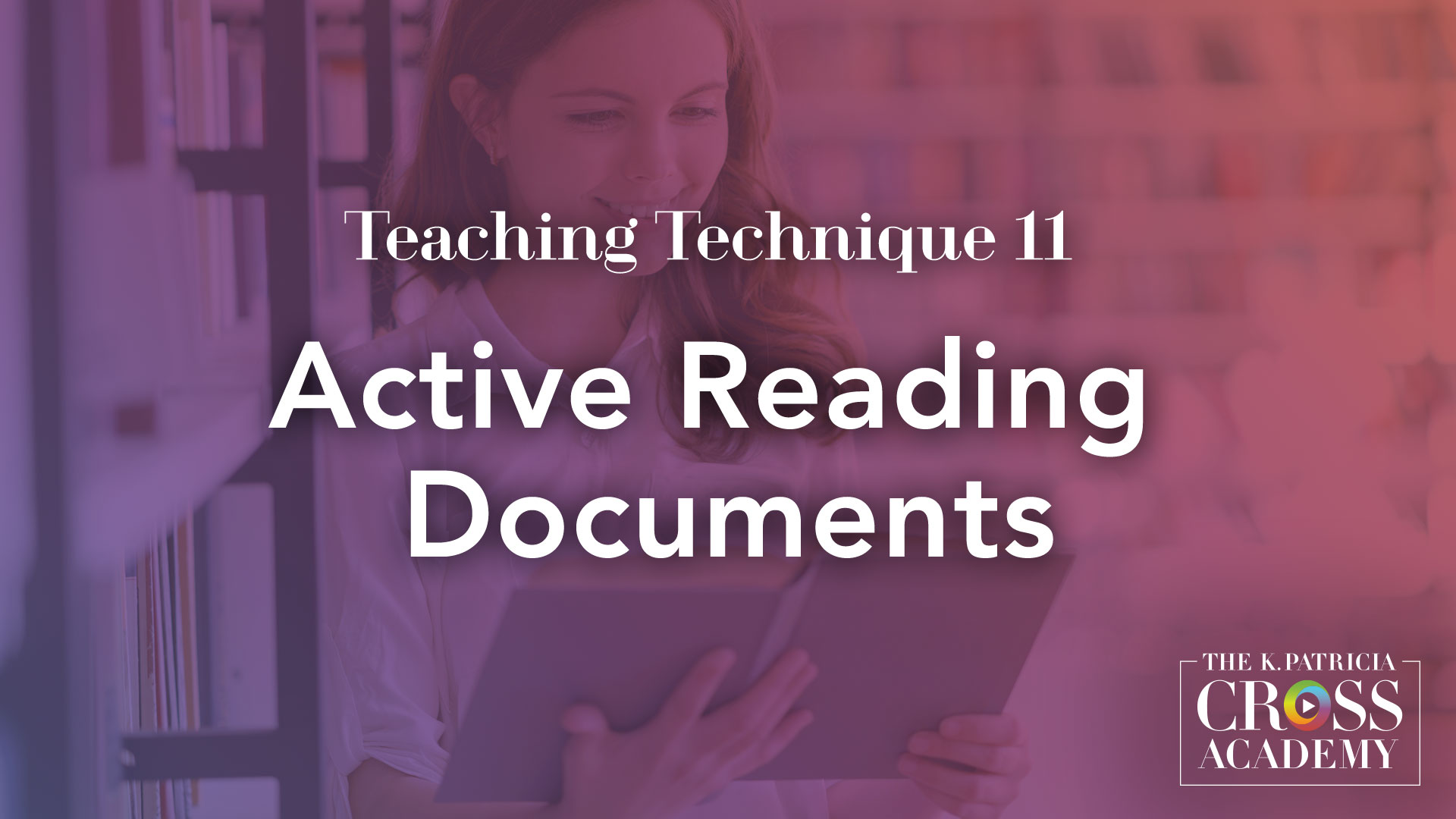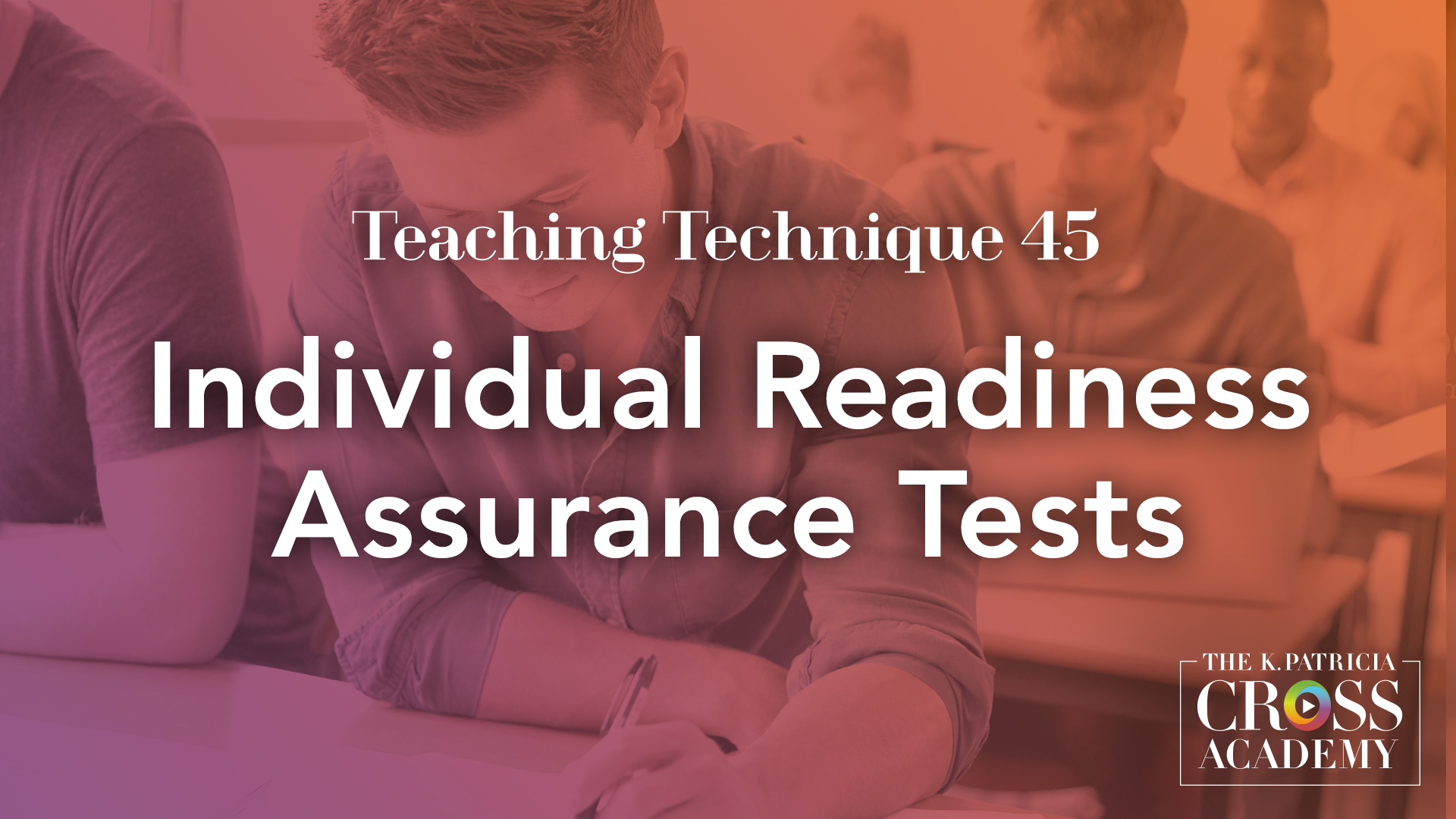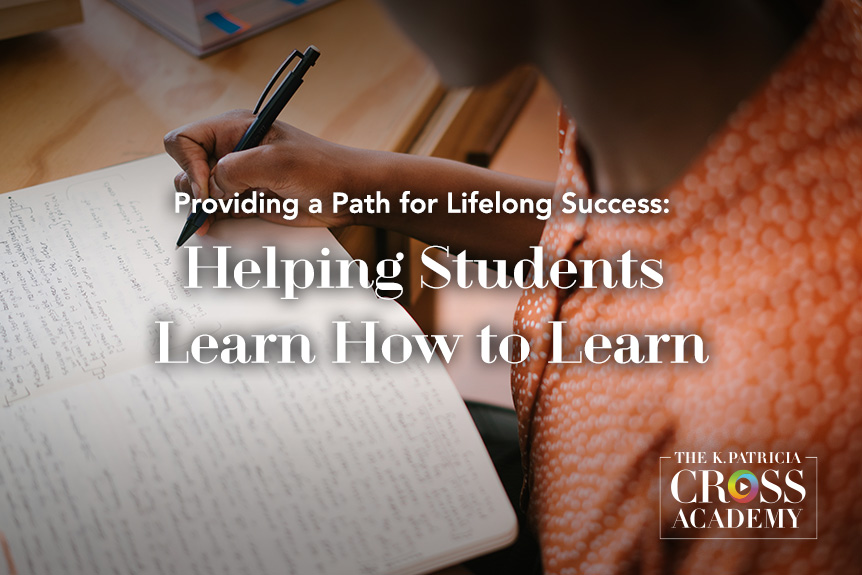
The importance of student preparation for class cannot be overstated, as it serves as the foundation upon which meaningful learning experiences are built. However, motivating students to prepare can be a substantial challenge, particularly in a world filled with digital distractions and competing priorities. As educators, our task is not only to emphasize the significance of preparation but also to employ strategies that inspire and guide students to engage deeply with the course content, ensuring that they are well-equipped for the learning journey ahead.
Main Idea
It is critical that we, as educators, make a concerted effort to encourage and motivate students to prepare for class. We can do so by setting clear expectations, and employing strategies that help students understand the value of preparation.
Considering the Challenges
To effectively address the issue of student preparation, it is important to first consider the challenges that students encounter that can hinder their preparation. Students often struggle to prepare adequately due to various reasons. These challenges are multi-faceted and often interconnected. They may include heavy workloads from other courses, personal obligations, or a lack of motivation. The constant allure of smartphones, social media, and online distractions can also hinder students’ ability to focus on preparation. Recognizing these challenges allows us to design learning experiences to address them.

Overcoming Resistance
In the quest to encourage student preparation, it’s important to address the various forms of resistance that may arise. Following are some suggestions.
- Directly Addressing Common Student Objections. It’s not uncommon for students to have objections to preparation. By addressing these objections directly and providing counterarguments (for example explaining how preparation will help them learn the new material more effectively, which has implications for their grades), educators can help students see the value in preparing for class.
- Building Rapport and Trust with Students. Establishing a rapport and fostering trust is essential in addressing resistance. When students feel comfortable and valued in the learning environment, they are more likely to be receptive to guidance and more open to preparation strategies. Building relationships that go beyond the classroom can affect students’ willingness to engage.
- Identifying and Assisting Struggling Students. Recognizing students who are struggling or falling behind is crucial. It’s essential to identify these students early and offer them the necessary support. This can include one-on-one guidance, additional resources, or referring them to academic support services. By helping struggling students, educators can reduce resistance and promote a culture of preparedness.
- Setting Clear Expectations. A well-structured syllabus is a roadmap for both students and educators. It should clearly outline course expectations, assignment due dates, and the sequence of topics. When students know what to expect, they are better equipped to prepare effectively. Specifically, pinpointing the reading assignments and their respective due dates within the syllabus or course materials ensures that students are aware of their responsibilities and can plan accordingly.
- Communicating the Value of Preparation. Students are more likely to prepare when they understand how it aligns with the broader course objectives. Emphasizing the link between preparation and achieving these goals provides students with a clear incentive. Real-life success stories of students who have benefited from diligent preparation can also be powerful motivators. By showcasing these stories, educators can inspire their students to follow suit.
Active Learning Techniques
Using Active Learning Techniques is one approach for encouraging students to prepare for class. Following are some general suggestions for active learning activities and some specific active learning techniques that can encourage student preparation.
Pre-Class Assignments and Quizzes
Assigning preparatory work such as readings or quizzes before the class session can encourage students to prepare. These assignments can act as prerequisites for in-depth discussions during class. They can scaffold or assess the preparation. Consider the following Cross Academy Techniques:
Active Reading Documents are carefully prepared forms that guide students through the process of critical and careful reading.
Individual Readiness Assurance Tests are closed-book quizzes that students complete after an out-of-class reading, video, or other homework assignment.
In-Class Activities That Require Prior Knowledge
Designing in-class activities that build upon the pre-class material promotes active engagement. This approach reinforces the idea that preparation is not a mere formality but a foundation for meaningful learning experiences. Consider the following Cross Academy Technique:
In Team Jeopardy, student teams take turns selecting a square from a grid that is organized vertically by category and horizontally by difficulty. Each square shows the number of points the team can earn if they answer a question correctly; more challenging questions have the potential to earn more points.
Group Study Sessions and Peer-Led Discussions
Encouraging students to work together in group study sessions or lead class discussions can create peer accountability. When students know their peers rely on their preparation, they are more likely to engage with the material. Consider the following Cross Academy Technique:
Paper Seminar provides a framework for meaningful discussion centered on student work.
Measuring and Adapting
In the pursuit of fostering student preparation, it’s crucial to establish mechanisms for measurement and adaptability. Consider the following approaches:
Using Data and Assessment Tools to Track Student Preparation
Educators can use data and assessment tools to gain insights into students’ preparation levels. These tools may include attendance records, surveys assessing students’ confidence in their preparation, or scores on pre-class quizzes. Analyzing this data helps in understanding trends and tailoring interventions to address specific needs.
Engaging in Continuous Improvement and Reflection
The process of encouraging student preparation is an evolving one. Continuous improvement and reflection are key to refining teaching strategies and ensuring that they remain effective. Regular self-assessment and soliciting feedback from students can help identify areas that need adjustment and innovation.
Demonstrating Flexibility and Adaptability in Response to Student Needs
Student needs and circumstances can vary, and a rigid approach may not always be effective. Being flexible and adaptable in response to these needs is paramount. Educators should be prepared to modify teaching strategies, deadlines, or assignments based on students’ feedback and challenges.
Student needs and circumstances can vary, and a rigid approach may not always be effective. Being flexible and adaptable in response to these needs is paramount.
Conclusion
In conclusion, the benefits of students who prepare for class extend far beyond their own success; they enrich the entire educational experience. By embracing our role in fostering preparation, we can contribute to a more engaged, responsible, and productive learning environment that empowers students and prepares them for the challenges of a dynamic world.
Suggested Citation
Barkley, E. F., & Major, C. H. (n.d.). Enhancing classroom engagement: Strategies for getting students to prepare for class. CrossCurrents. https://kpcrossacademy.org/enhancing-classroom-engagement-strategies-for-getting-students-to-prepare-for-class/

Engaged Teaching
A Handbook for College Faculty
Available now, Engaged Teaching: A Handbook for College Faculty provides college faculty with a dynamic model of what it means to be an engaged teacher and offers practical strategies and techniques for putting the model into practice.










